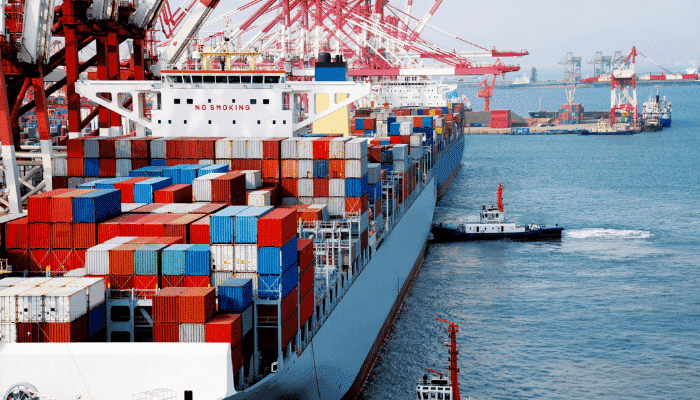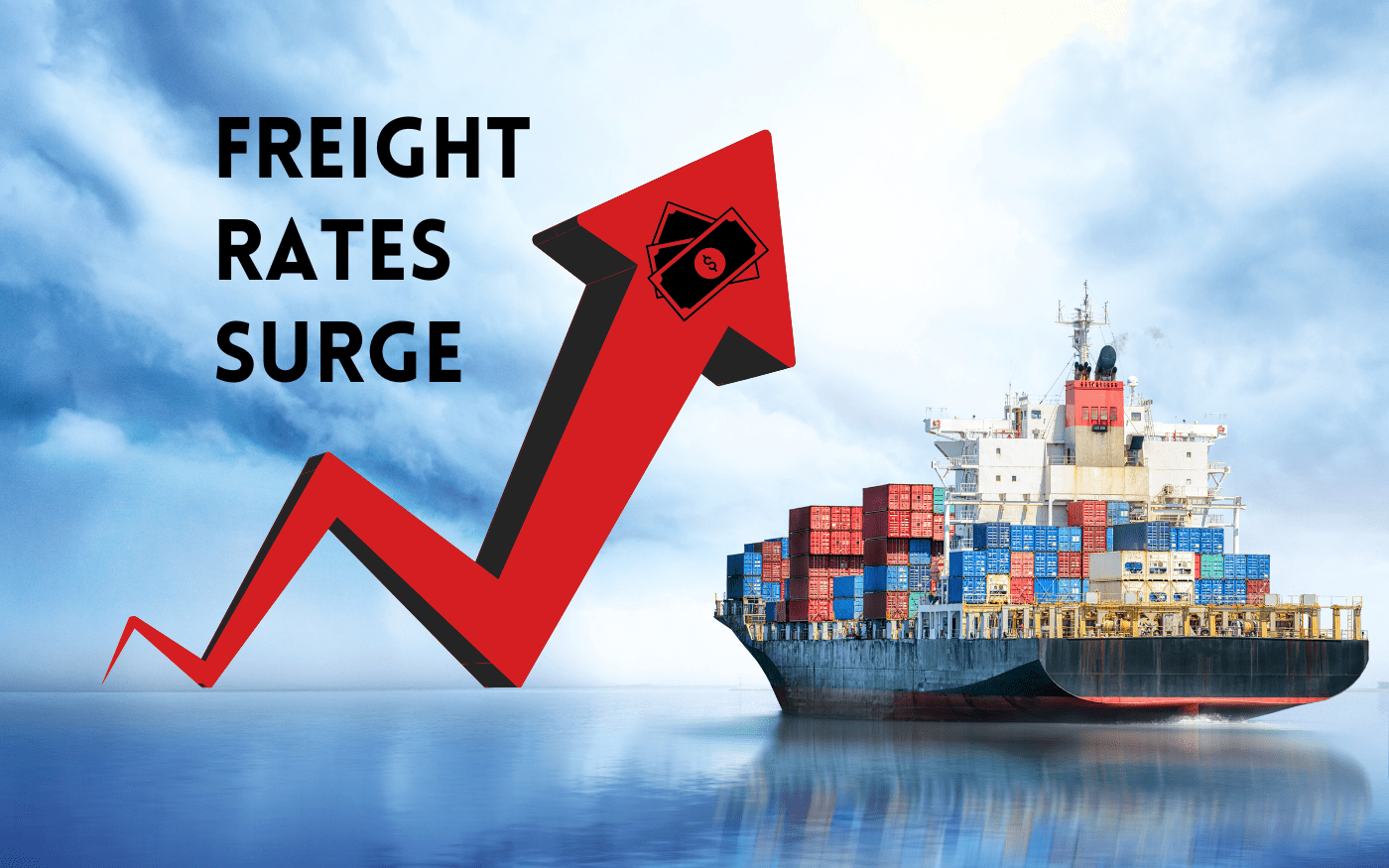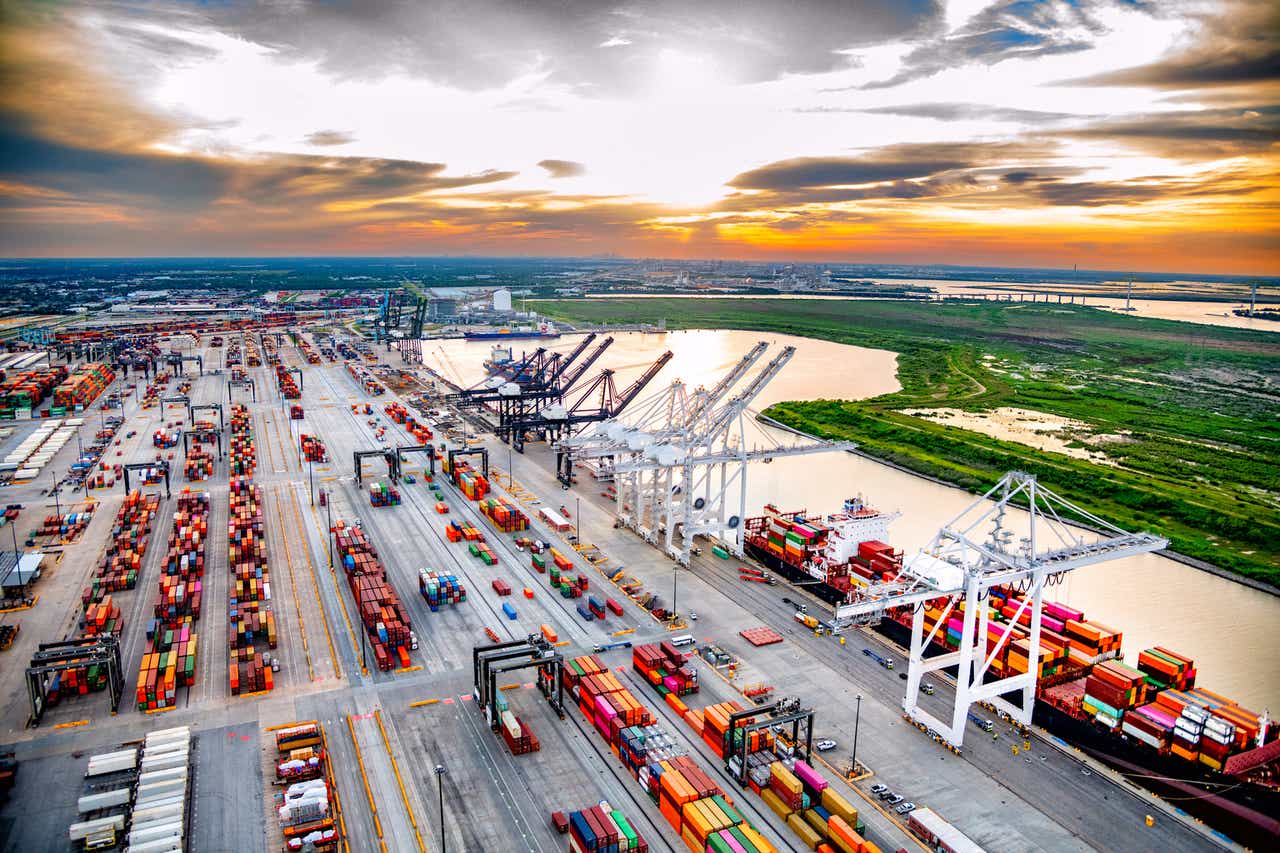Strikes on the East Coast and Gulf Coast of the United States have become a major concern in 2024, affecting trade, logistics, and the overall economy. These strikes are leading to significant delays in shipping, resulting in increased costs for businesses and consumers alike. Let’s explore how these strikes are unfolding, why they’re happening, and the impact they are having on shipping prices and the global supply chain.
Why Are There Strikes on the East Coast and Gulf Coast of the United States?
The strikes on the East Coast and Gulf Coast of the United States are primarily driven by disputes over wages, working conditions, and job security. The labor unions, particularly the International Longshoremen’s Association (ILA), are negotiating new contracts with port authorities, but disagreements have led to widespread walkouts and protests.
- Wage Disputes: Dockworkers are demanding better wages to keep up with inflation and the rising cost of living. The cost of living in coastal areas has increased, and workers argue that their wages have not kept pace with these changes.
- Safety Concerns: The ports are some of the most dangerous workplaces, with workers facing risks from heavy machinery and unpredictable weather. The unions are pushing for improved safety protocols and training.
- Job Security: As ports invest more in automation, dockworkers fear job losses. This fear has intensified discussions around job security, leading to strikes as workers demand guarantees that they will not be replaced by technology.
The 5 Shocking Impacts of Strikes on the East Coast and Gulf Coast of the United States
These strikes are having an enormous impact on trade, logistics, and the broader economy. Here are the five most shocking effects:
- Major Delays in Cargo Shipments
The strikes have caused severe delays in cargo loading and unloading. Ports on the East Coast and Gulf Coast are some of the busiest in the country, handling millions of containers annually. The strikes have slowed down operations, leading to a backlog of goods and creating delays that stretch for weeks.
- Skyrocketing Shipping Prices
Due to the strikes on the East Coast and Gulf Coast of the United States, shipping prices have increased dramatically. As cargo sits idle waiting for processing, shipping companies incur higher costs, such as storage fees and overtime pay for workers. These additional expenses are passed on to businesses and consumers, leading to increased prices for goods.
- Impact on Small and Medium-Sized Businesses
Small and medium-sized businesses (SMBs) that rely on timely shipments are suffering the most from these strikes. With fewer resources to absorb the increased costs and delays, many are struggling to maintain their inventory levels and meet customer demand.
- Disruptions to the Global Supply Chain
The strikes have not only affected the United States but also the global supply chain. Goods meant for international markets are stuck in limbo, causing a ripple effect that disrupts the flow of products worldwide. This impact is particularly felt in industries such as manufacturing, retail, and agriculture.
- Economic Uncertainty
The ongoing strikes have created a sense of uncertainty in the market, making it difficult for businesses to plan for the future. With no clear resolution in sight, companies are hesitant to make long-term investments, and some are even reconsidering their reliance on US ports.
How Strikes on the East Coast and Gulf Coast of the United States Are Affecting Shipping Prices
One of the most immediate and tangible effects of the strikes on the East Coast and Gulf Coast of the United States is the increase in shipping prices. Here’s how these strikes are influencing costs:
- Freight Rate Increases: Due to port congestion and delays, freight rates have increased by up to 30% in some cases. Shipping companies are charging premium rates for the limited space available, especially for time-sensitive goods. This increase has a direct impact on businesses, which must pay more to transport their products.
- Storage and Demurrage Charges: As containers wait longer at ports due to the strikes, companies face higher storage and demurrage charges. These fees are adding thousands of dollars to the cost of shipping, which ultimately gets passed on to consumers in the form of higher prices for goods.
- Increased Fuel Costs: With ships idling longer than usual, fuel consumption has increased, further driving up shipping costs. The longer transit times and rerouting of cargo to less congested ports also contribute to rising fuel expenses.
Real Example:
A major electronics company recently reported an increase of 25% in shipping costs due to the strikes on the East Coast and Gulf Coast of the United States. The delays forced the company to use more expensive air freight options to meet customer demand, which significantly impacted their profit margins.
What Does This Mean for the Average Consumer?
The strikes on the East Coast and Gulf Coast of the United States mean that consumers will likely see higher prices on everyday items. From electronics to clothing, many products rely on timely shipments to reach retailers. As shipping prices increase, retailers pass these costs on to consumers, leading to inflation across various sectors.
The Broader Economic Impact
The strikes are not just a shipping and logistics problem; they are a broader economic issue. As costs rise and delays persist, businesses may be forced to cut jobs, reduce investment, or even shut down. This could result in a slowdown in economic growth, particularly in regions heavily dependent on port operations.
What Are the Potential Solutions?
To resolve the strikes, the following measures are being considered:
- Government Intervention: The government may step in to mediate negotiations between unions and port authorities to expedite a resolution.
- Increased Investment in Infrastructure: Improving port infrastructure could help reduce the impact of future strikes by making operations more efficient and less dependent on manual labor.
- Adopting Flexible Shipping Routes: Businesses are looking for alternative shipping routes, such as using West Coast ports or even considering shipping through Canada and Mexico to bypass the affected areas.
How to Prepare Your Business for Future Disruptions
If you are a business owner impacted by the strikes, here are some steps you can take:
- Diversify Your Supply Chain: Don’t rely on just one port or shipping route. Explore alternatives to avoid being caught off guard by future strikes.
- Build Up Inventory: Stock up on essential products when possible to prevent stockouts during delays.
- Negotiate Shipping Contracts: Work closely with your shipping partners to lock in rates and avoid sudden price hikes.
Conclusion
Strikes on the East Coast and Gulf Coast of the United States are causing widespread disruptions, with a significant impact on shipping prices and the global supply chain. The ripple effect is felt by businesses, consumers, and the economy at large. While the situation is evolving, it’s clear that these strikes have revealed vulnerabilities in the supply chain that need to be addressed to prevent future disruptions.
You can read more articles by visiting our news here.











